Lead contamination. Chlorine and fluoride. E.coli. Fracking pollutants. Toxins and pharmaceuticals. There are so many things that might be mixed in the water that flows from the faucet, that turning on the tap may feel more like playing a chemical form of Russian roulette than getting a drink.
But what if I told you that there was a free source of incredibly soft water that is, for the most part, clean? Not from a river, not from a bottle, not from a filter, and not from a reservoir, rainwater has been an abundant gift of water for time immemorial. All you need to know is how to catch it.
Watch The Video
What Is Rainwater Harvesting?
In order to talk about rainwater harvesting, there are two terms you need to first understand:
- Impervious surface: A surface that is unable to absorb water.
- Runoff: The rainwater that falls onto an impervious surface.
Rainwater harvesting is collecting runoff from an impervious structure and storing it away for later use.
In past and modern times, that impervious surface has ranged from canyon walls to roofs. Cultures across the world and across time have taken advantage of directing runoff for their daily use, from the jessour of Tunisa to the architecturally stunning jhalaras of Johdpur in India. The Isla Urbana project is an effort to capture rainwater in Mexico City to reduce strain on their aquifers, reduce flooding, and have a dependable source of clean water.
Whatever the structure set in place, the mechanics are largely the same. Wait for the rainstorm, redirect and capture the rainwater, and use the abundance!
Harvested rainwater can be used for daily domestic supply, watering animals, growing plants, or saved for fire and emergency use. The storage methods will vary based on the intent of use, of course. Water used for fighting wildfires doesn’t have to be high quality, while water for drinking certainly does!
Getting Started With Rainwater Harvesting
First off, make sure it is legal in your area. If you live in a state that has regulations against harvesting free water from the sky, maybe it’s time to finally make the move to a homestead!
Establish Your Needs
Then, evaluate what your goals are for rainwater harvesting and design accordingly. Do you want to collect water to ease the strain on your water bill? Create an independent source of safe water in the case of an emergency? Water your gardens and orchards with soft, free water? Switch over to using rainwater for your daily needs?
Each need will probably require a different system, so the next step is to do your research. Detailing the method, philosophy, and techniques of creating both short-term and long-term storage solutions for collected rainwater is far beyond the scope of this little article, so peruse this list of helpful and information-packed links to begin your journey.
Rainwater Harvesting Resources
For a fantastic resource on rainwater-harvesting basics, instructions, and further information, check out this in-depth site.
For all your questions about storing collected rainwater, Art Ludwig’s your man. His books give detailed diagrams, instructions, and troubleshooting for building ferrocement storage units, cisterns, and natural water storage areas.
For those looking to jump in with two feet and create their own self-sufficient supply of collected rainwater, Michael Reynold’s Earthship books are irreplaceable. His experience-led diagrams, instructions, and philosophy behind his self-sufficient house designs are fantastic and inspiring for anyone looking to build their own home with their own hands.
There are also quite a few off-grid YouTubers and bloggers who have built and implemented rainwater harvesting systems as their primary sources of water. “Off-Grid” with Doug and Stacy, “An American Homestead”, and Starry Hilder all have videos detailing their daily use of these independent systems, and most of them are active enough online that you could probably contact them with specific questions.
Rainwater Harvesting Systems To Consider
I’ve listed the systems I’ve used and seen in order of intensity, from a weekend project for your garden to a full-scale, independent water system that you could depend on as your main water supply. If you’re seriously interested in rainwater harvesting, you’ll need to do lots of research and find out what methods are best for you and your land.
Rain Barrels
This is a weekend project that anyone could benefit from. You can buy a rain barrel, or you can DIY your own. Our rain barrel in the city was a food-grade, 50-gallon barrel that had once held jalapeño peppers!
You’ll need to install a water diverter onto your downspout, connect it to a rain barrel or three, and wait for a rainstorm. Your backyard garden now has rainwater, even on a sunny day!
Please note: Raw rain barrel water, especially water collected from an asphalt shingle roof, is not suitable for human consumption without processing.
If you’re looking for something to store more water, tote bins—used for palletized, bulk transport of liquids—are usually made out of food-grade plastic and can hold 275 gallons. You can often find them on Craigslist.
Rain Gardens
You know that soggy part of your yard? The low, little spot where puddles kill all the grass?
Or what about that area at the end of your downspout that gets flooded with every thunderstorm? These are areas begging to be turned into a rain garden. With a bit of absorbent organic material laid below and water-loving wetland species planted above, your boggy mud holes can get transformed into mini life-filled paradises that water themselves!
Swales
Swales go by many different names around the world, but their function is the same—to stop runoff from flowing down a hill and allow it to soak in instead.
Installing swales on the slopes of your land stops erosion, can allow you to multiply your available garden areas and could help direct rainwater into your new gardens (rather than the neighbor’s yard).
Ponds
A pond is a fantastic source of stored rainwater, loaded with beneficial organisms that keep it from going stagnant.
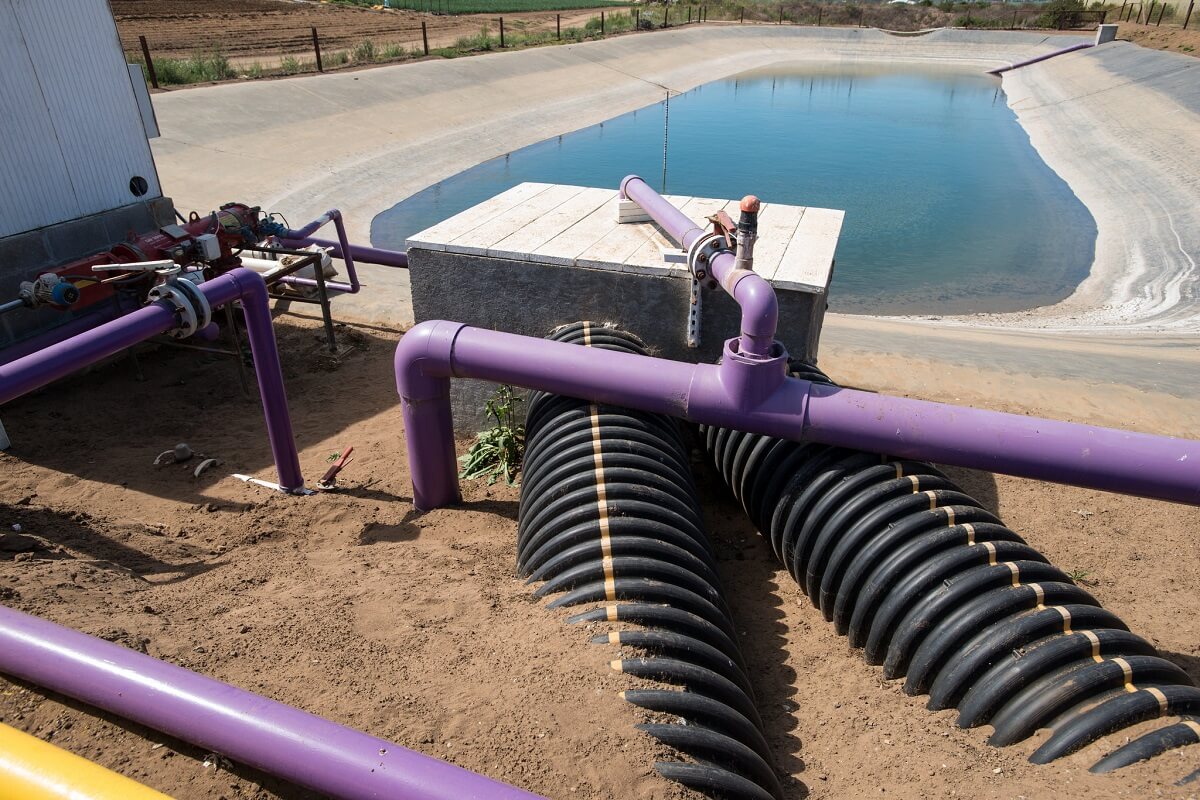
Though the water will need to be purified for human consumption, creating and maintaining a pond on your land will ensure that you and your animals can have access to naturally stored rainwater in times of need.
Tanks And Cisterns
Having a place to store collected rainwater gives you the assurance of having water whenever you need it, from the 5-gallon water cooler to the 10,000-gallon cistern half-buried in the backyard.
The range and scope of how to use these ancient and modern water storage units are worthy of an article (or twenty) in its own right. Art Ludwig’s book Water Storage: Tanks, Cisterns, Aquifers, and Ponds is a fantastic resource for finding the right project for your needs.
Benefits Of Rainwater Harvesing
Whether you’re living entirely off-grid or are just getting started with urban homesteading, rainwater harvesting offers a host of benefits.
Water Security
One of the main benefits of rainwater harvesting, in my opinion, is water security. Consider the plumbing in your own home–what would happen in the event of a power outage? For those with an electric pump in their wells, the water may be totally out of reach, even if the well is only ten feet from the door. If the plumbing depends on electric heat to flow in freezing temperatures, the clock is ticking in a race between freezing waterlines and the potentially long wait for repaired power lines. Even those with city water aren’t immune–I’d wager you’re the most vulnerable of all! The water is still moved to your homes by some sort of pump, somewhere….but where? It’s totally out of your control to do anything if the water stops flowing.
Anyone who’s ever become aware of their water insecurity through experience will likely never want to have to find themselves in that vulnerable situation again. Directing rainwater to a cistern or storing it in a pond, therefore are two ways to ensure that you have secure access to a water supply if your pipes get contaminated or run dry.
It’s An Alternative Source Of Water
In urban environments, rainwater harvesting both reduces runoff and provides an alternative source of water that reduces stress on what is often an over-taxed, outdated sewer system. In highly developed areas, rainwater is flowing over rooftops, pavements, asphalt roads, sidewalks—everywhere that humans have cut off the rain’s access to absorbent ground.
As that water flows without permeating, it picks up everything on the surface—gasoline, animal feces, garbage, oil, lawn fertilizers, and road salt. All that polluted water is dumped into sewers.
Out of sight out of mind, right? Wrong. Most cities still have old-style combined sewers, meaning the raw sewage from household use combines with road runoff into a single pipe as it heads to the water treatment plant. Whenever it rains, the massive amounts of runoff overwhelm the water treatment plants, resulting in an emergency action called a “Combined Sewer Overflow” or CSO.
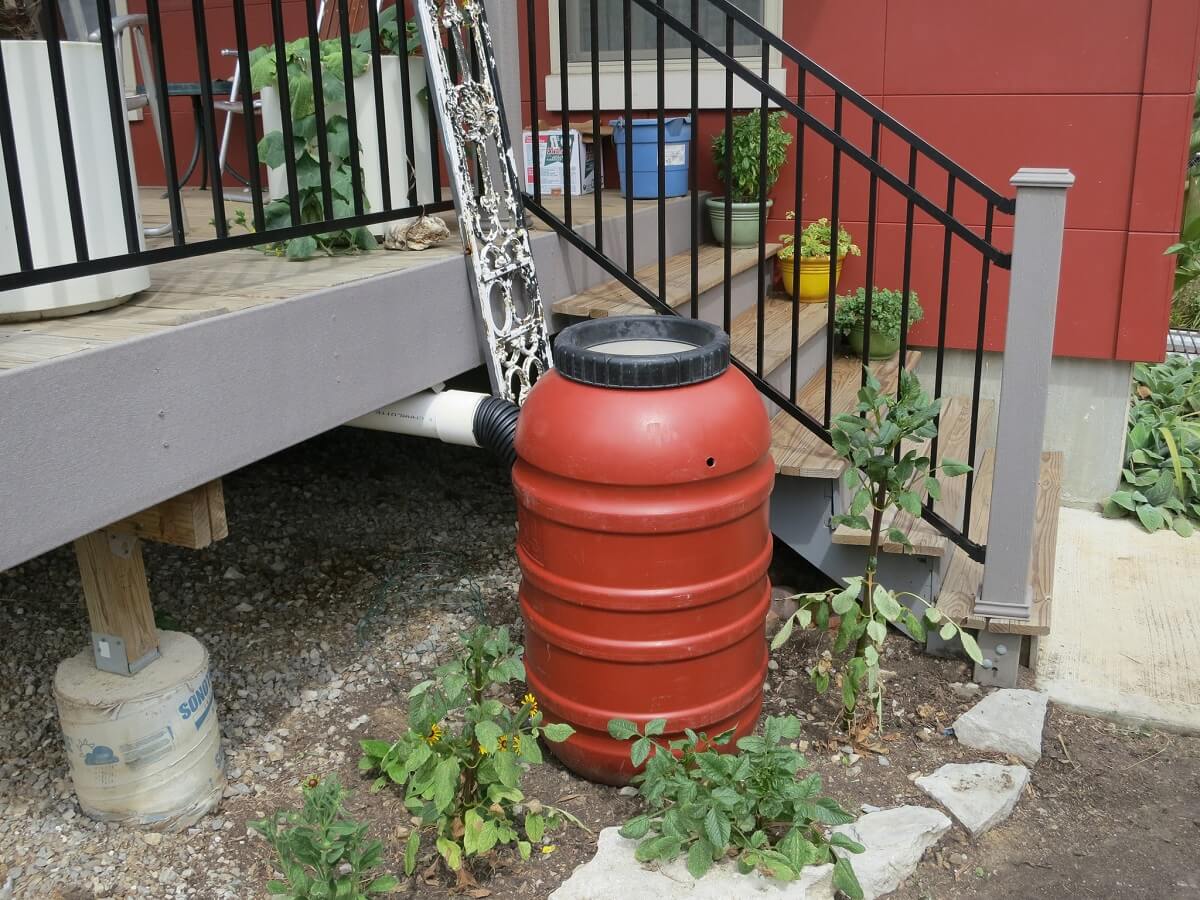
In layman’s terms, that means that the excess water is dumped straight back into whatever bodies of water are accessible—rivers, bays, oceans. Yes … you read that right. Straight-up human poop, gasoline, and toxins are flushed, untreated, into natural waterways when it rains. Every time.
Consider the infamous Cuyahoga River. You may not realize that a river could catch on fire 13 times, but once you see the photos, the reality of runoff pollution becomes a lot more visceral!
Now admittedly, gathering urban rainwater for use in gardens is an itty-bitty way to mitigate all that runoff. It doesn’t do much on an individual scale, but it could do something on a massive scale! Creating urban infrastructure that slows down, captures, and uses rainwater is called Low-Impact Development. Interested? There are many beautiful and useful ways to stop urban runoff; check out this link to learn about pervious pavement, bio-retention cells, rain gardens, green roofs, and more!
However you start to harness rainwater for your land’s needs, and whatever the motivation you have for doing it, I hope this article has given you ample resources to continue your research. Let us know in the comments below–how do you use rainwater? What structures have worked best on your land?


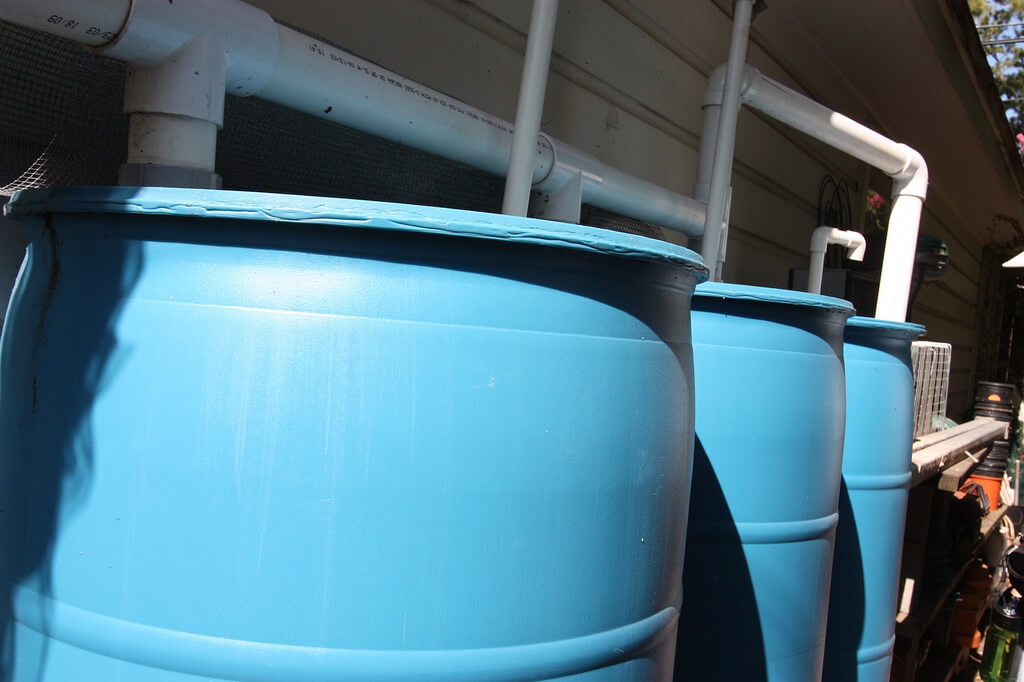



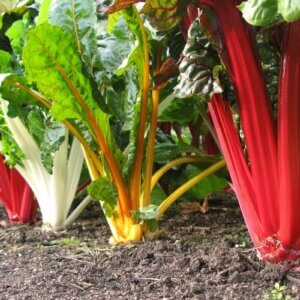
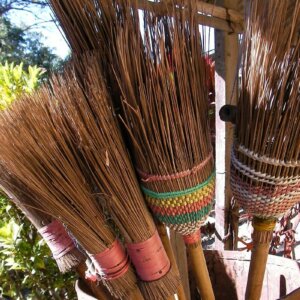
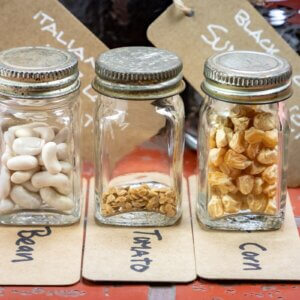

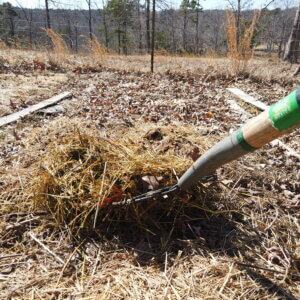
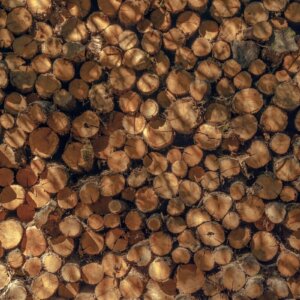
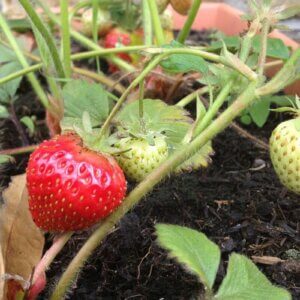
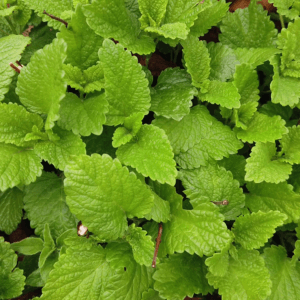
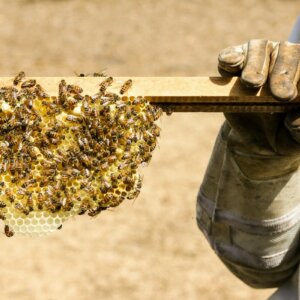








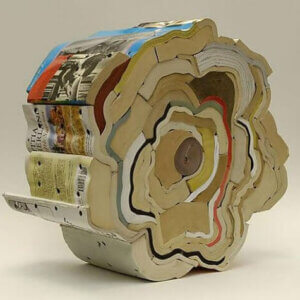

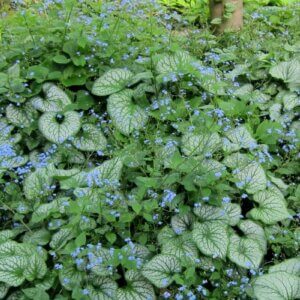


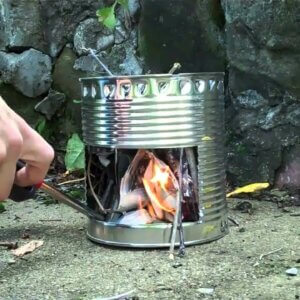

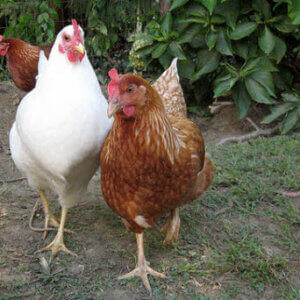
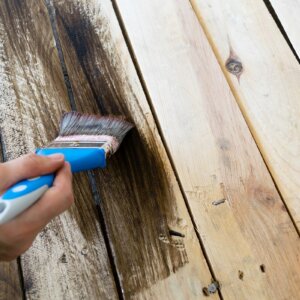
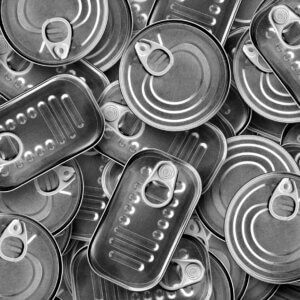

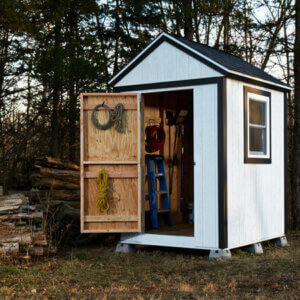
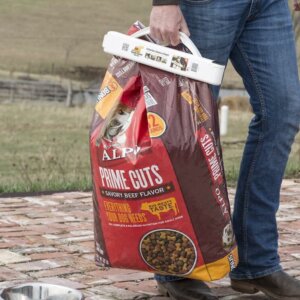
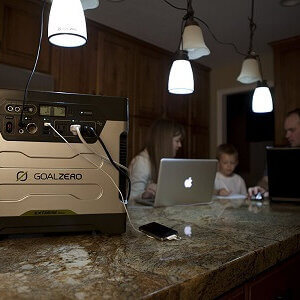
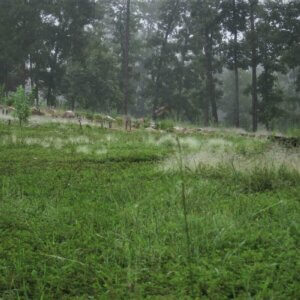





Leave a Reply